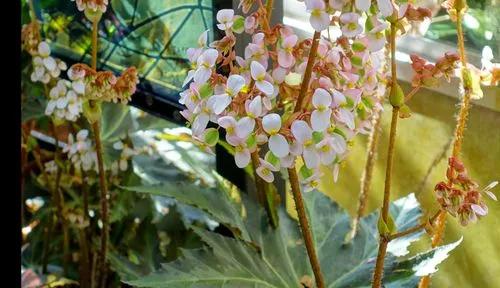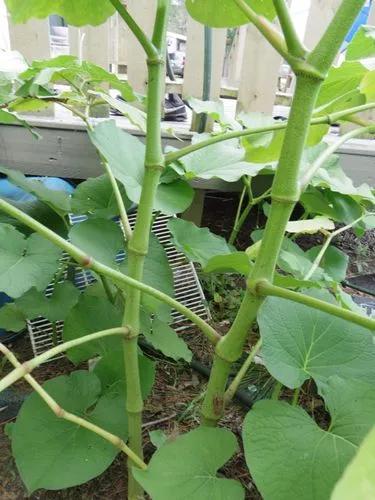Pittosporum tobira is a species of sweet-smelling flowering plant in the pittosporum family Pittosporaceae known by several common names, including Australian laurel, Japanese pittosporum, mock orange and Japanese cheesewood.
Australian-laurel Care
Pittosporum tobira



Native to Asia, especially in Japan, China, and Korea, Pittosporum tobira is a dense mounding evergreen shrub belonging to the Pittosporum family (Pittosporaceae). Despite its nativity to Asian countries, it has been naturalized in many other areas. It is used around the world as an ornamental plant for landscaping and in floriculture or flower farming for their inflorescences fragrant flowers. The name Japanese Pittosporum tobira is a reference to two aspects of the plant type. Pittosporum means resinous seeds and is a reference to the Mock Orange’s black seeds which are contained inside the fruits in resinous pulps. Tobira, on the other hand, is derived from the Japanese name of the fruit.
How to Care for the Plant

Water

once you've planted your laurel hedging plants, you need to make sure they get enough water to keep them alive and growing well. usually, plants only need watering from March to October. during the winter months, they use less water and normally get enough from the rain. laurel hedging planted from November to February

Pruning

It is important because damaged leaves and stems can actually be an energy drain on your plant. By removing those dead parts, you're taking some of that work off your plant’s plate and allowing it to divert its energy into healthy leaves and new growth!

Fertilizer

Liquid fertilizers are applied more frequently, bi-weekly or monthly, for example. Granular products are used less frequently, perhaps once every month or two. Slow-release houseplant fertilizers break down slowly and release their nutrients in small amounts, over a longer period of time. A single application of most of these products lasts for three to four months.

Sunlight

Minimum 12-14 hours of indirect sunlight.

Soil

Most often planting instructions will suggest planting in loam soil. Loam soil should be rich in minerals and nutrients for the plants and loose enough that roots and spread out and grow strong.

Temperature

They can tolerate temperatures down to 14°F (-10°C) but do well in warmer climates. However, high heat and high irradiance from western exposure in the summer can cause damage.

Container

Choose a pot with drainage holes, which also ensures potting soil doesn't stay too wet after watering your houseplants. The excess can freely escape out the bottom of the container, allowing oxygen to make its way to plant roots.

Popularity

4,441 people already have this plant 667 people have added this plant to their wishlists
Discover more plants with the list below
Popular articles






